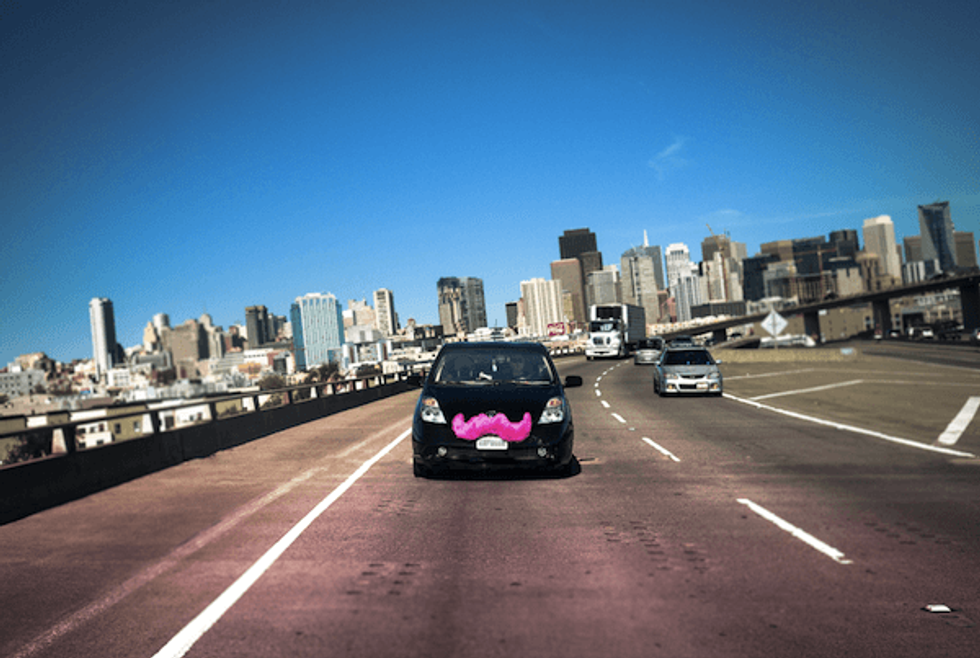
Get a 'Lyft' with This San Francisco Startup
For years, charging for carpooling or rideshares was illegal in California, which put a dent in Lyft’s plans. As a San Francisco startup ready to tackle the transportation industry, users could use a mobile app to hook up with peer-to-peer ridesharing anywhere in the city. It was simple to request a ride from a neighbor with a car, but in order to get around the regulations, “donations” were encouraged instead of actual fares. With a tagline like “your friend with a car,” this was more of a community-based approach than urging people to become sole proprietors with their automobiles; however, that all changed when charging for carpooling became legal.
Lyft’s founders estimate that it costs 30 percent less to use their service compared to a cab ride. The app has become so popular that it’s now used in 19 cities, including a big smattering in California. There are plans to continue to expand domestically and eventually turn into an internationally friendly app. The June 2013 Lyft reports touts $83 million raised in funding from big names like Mayfield Fund, Andreessen Horotwitz, K9 Ventures, Founders Fund and Floodgate. That’s impressive for a startup that just began in June 2012.
A bumpy ride
Logan Green and John Zimmer are the co-founders of Lyft, both of whom were involved with Zimride (another ridesharing company) which the duo also founded in 2007. However, Zimride was all about carpooling for long trips, often between major cities. The goal was to build trust between passengers and drivers and used Facebook Connect to facilitate connections. This helps spurn the popularity of ridesharing, and Zimride became the most popular business in the US.
Money was saved, carbon dioxide emissions were reduced, and Green and Zimmer succeeded in bringing their communities closer. People began reporting lasting friendships from using Zimride, but the entrepreneurs wanted something more. They noticed that about 80 percent of cars on the road have no passengers who are clearly traveling short distances and saw a grand opportunity.
A proven method
Lyft has many similarities to Zimride but is geared towards in-town and local travels. You can sign up on Facebook and rate one another after the rideshare. This helps to establish “quality” peers and Lyft is all about having fun (like the available pink moustaches available to identify Lyft cars). Passengers are encouraged to ride up front, fist bump the driver, and start off the short journey with a feeling of camaraderie. There are already over 1000,000 users and 30,000 rides per week take place via Lyft.
In San Francisco, there are 300 registered users who make about $35 per hour. Lyft got officially separated from Zimride in May 2013, and by June Lyft had finished a $60 million Series C venture finance round. By July, Lyft had lightened its load and sold Zimride to Enterprise Holdings (the parent of Enterprise Rent-a-Car) to ensure the sole focus was on Lyft. At the core of Lyft is trust, with stringent safety precautions and a serious application process for drivers, which helps ensure that every “Lyft” is enjoyable, safe and worth talking about.




